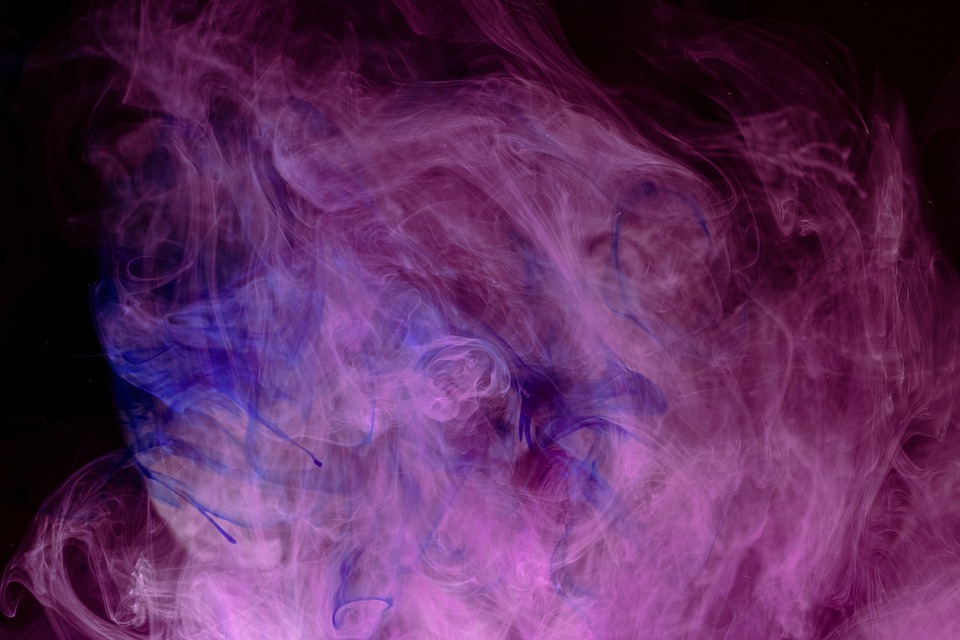
Creating a Winning Marketing Team: Effective Team Building Activities
Creating a Winning Marketing Team: Effective Team Building Activities In today’s fast-paced business world, having a winning marketing team has never been more essential. A

The Role of Graphic Design in Animation: Tips for Creating Visually Striking Animations
Animation has come a long way from hand-drawn characters and jerky movements. With advancements in technology and software, animators can now create visually striking animations that captivate audiences and leave a lasting impression. And what’s the secret to creating these eye-catching animations? Graphic design.
Graphic design plays a crucial role in animation, from the creation of characters and setting to the use of color and typography. In this article, we’ll explore the importance of graphic design in animation and provide tips for creating visually striking animations that will leave your audience in awe.
Why is Graphic Design Important in Animation?
In animation, graphic design is used to create the overall look and feel of the animation. This includes the design of characters, backgrounds, and props, as well as the use of color and typography. Effective graphic design can help to convey emotions, establish a mood, and create a cohesive visual style that ties the animation together.
Graphic design can also help to make an animation more engaging and memorable. Animations that are visually striking and well-designed are more likely to grab the viewer’s attention and leave a lasting impression.
Tips for Creating Visually Striking Animations
1. Start with a strong concept
The first step in creating a visually striking animation is to develop a strong concept. This includes the story, setting, characters, and overall tone of the animation. Before you start designing, it’s important to have a clear idea of what you want to achieve and what message you want to convey.
2. Develop a cohesive visual style
A cohesive visual style is essential in creating an animation that looks polished and professional. This includes the use of consistent color palettes, typography, and design elements throughout the animation. A well-designed animation should have a clear and consistent visual language that ties everything together.
3. Use contrast effectively
Contrast is a powerful tool in graphic design and animation. By using contrasting colors, shapes, and textures, you can create visual interest and draw attention to important elements in the animation. However, it’s important to use contrast sparingly and purposefully to avoid a cluttered or chaotic look.
4. Pay attention to typography
Typography is often overlooked in animation, but it can play a crucial role in creating a cohesive and visually appealing design. When choosing fonts, consider the style and tone of the animation, as well as legibility and readability. Use typography to emphasize important information and create a sense of hierarchy.
5. Use animation techniques to enhance the design
Animation techniques such as motion graphics, transitions, and camera movement can be used to enhance the design and create a more engaging and visually interesting animation. By using animation techniques that complement the graphic design, you can create a more immersive and memorable experience for the viewer.
Conclusion
Graphic design plays a crucial role in creating visually striking animations that grab the viewer’s attention and leave a lasting impression. By developing a strong concept, using a cohesive visual style, using contrast effectively, paying attention to typography, and using animation techniques to enhance the design, you can create animations that are both captivating and memorable.
FAQs:
1. How does graphic design impact the mood of an animation?
Graphic design can impact the mood of an animation by using color, typography, and design elements to create a specific tone or atmosphere. The use of warm colors and soft typography, for example, can create a cozy and inviting mood, while cool colors and sharp typography can create a more serious or professional tone.
2. How can I use contrast effectively in my animation?
To use contrast effectively, start by choosing contrasting colors, shapes, or textures that highlight important elements in the animation. For example, a bright yellow character against a dark blue background will stand out and draw the viewer’s attention. It’s important to use contrast sparingly and purposefully to avoid a cluttered or chaotic look.
3. What’s the role of typography in animation?
Typography plays a crucial role in animation by helping to establish the style and tone of the animation, as well as emphasizing important information and creating a sense of hierarchy. When choosing fonts, consider the style and tone of the animation, as well as legibility and readability.
4. What animation techniques can I use to enhance my design?
Animation techniques such as motion graphics, transitions, and camera movement can be used to enhance the design of an animation. By using these techniques to complement the graphic design, you can create a more immersive and visually interesting animation.
5. How can I ensure a cohesive visual style in my animation?
To ensure a cohesive visual style in your animation, use consistent color palettes, typography, and design elements throughout. A well-designed animation should have a clear and consistent visual language that ties everything together. Before you start designing, have a clear idea of the overall look and feel you want to achieve, and make sure all design decisions contribute to this vision.

Creating a Winning Marketing Team: Effective Team Building Activities In today’s fast-paced business world, having a winning marketing team has never been more essential. A

A Comprehensive Guide to Benchmark Email Pricing: What You Need to Know Email marketing is a vital component of any online business whether big or

Clear objective, measurable goals and continuous learning are some of the points raised by VidMob for brands to bet on immersive experiences Many brands have

Talk with us!
Do you have a project in mind? Send us a message to understand how we can help you. We will get in touch with you.